Home>Garden Essentials>How To Germinate Banana
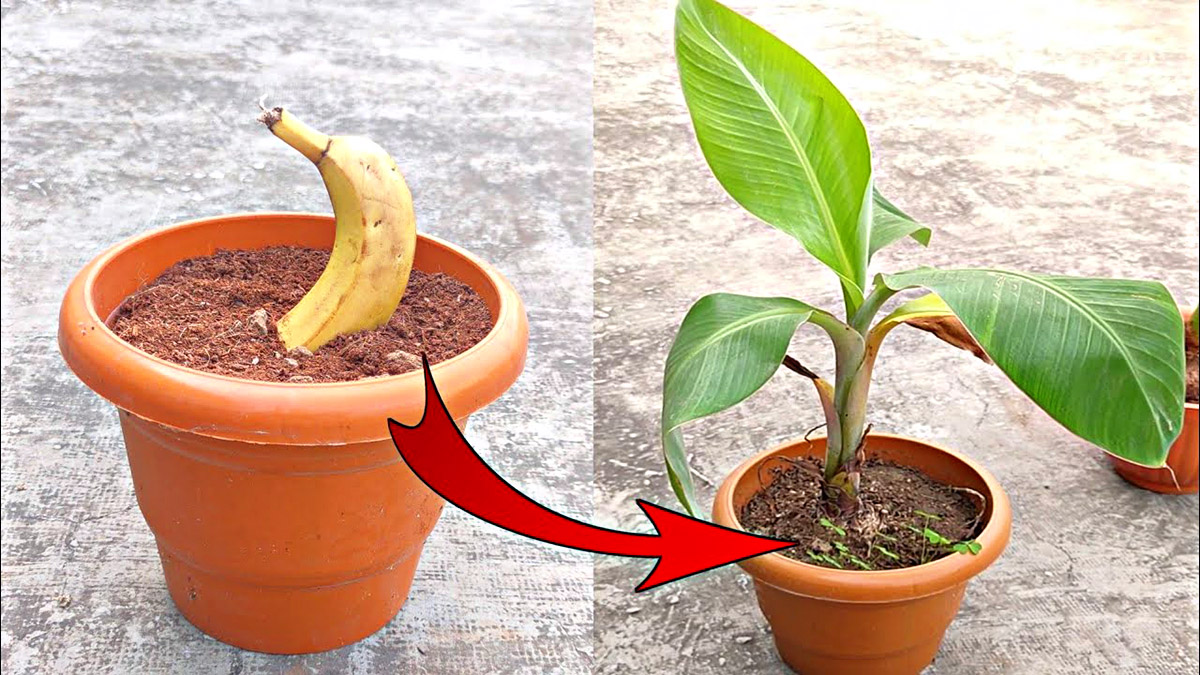

Garden Essentials
How To Germinate Banana
Modified: March 24, 2024
Learn the best techniques for gardeners on how to germinate bananas and grow healthy banana plants in your garden. Expert tips and step-by-step instructions for successful banana cultivation.
(Many of the links in this article redirect to a specific reviewed product. Your purchase of these products through affiliate links helps to generate commission for Storables.com, at no extra cost. Learn more)
Introduction
Welcome to the world of gardening, where the beauty of nature unfolds in your very own backyard. If you have a passion for gardening, then you probably understand the joy of watching plants grow from seeds to lush greenery. And if you’ve ever wanted to add the tropical charm of banana plants to your garden, you’re in luck!
Germinating banana seeds might sound like a daunting task, but with the right knowledge and a little patience, you can successfully grow your very own banana plants. In this guide, we will walk you through the step-by-step process of germinating banana seeds and nurturing them until they are ready to be transplanted into your garden.
Before we dive into the nitty-gritty details, let’s take a moment to appreciate the uniqueness of banana plants. Bananas belong to the Musa genus and are native to tropical regions. They are not only loved for their delicious fruits but also for their large, lush foliage that can create a tropical oasis in any garden.
Germinating banana seeds may not always result in true-to-type plants, as many cultivated varieties are propagated through other means, such as offshoots or tissue culture. However, growing bananas from seeds can be an exciting and rewarding experience, giving you the opportunity to discover unique, heirloom varieties.
Now that we’ve set the stage, let’s get started with the first step: selecting the right banana seeds for germination.
Key Takeaways:
- Growing banana plants from seeds is an exciting journey that requires selecting the right seeds, creating a warm and humid germination environment, and providing care for the seedlings until they are ready to be transplanted.
- Patience and dedication are key when germinating banana seeds. From pre-soaking the seeds to nurturing the seedlings, each step plays a crucial role in successfully growing your very own banana plants.
Step 1: Selecting Banana Seeds
When it comes to selecting banana seeds for germination, there are a few factors to consider. First and foremost, you’ll want to choose seeds from a variety that is well-suited to your climate and growing conditions. Different banana varieties thrive in different environments, so it’s important to research which types are best suited for your region.
If you live in a tropical or subtropical climate, you have a wide range of banana varieties to choose from. However, if you reside in a colder climate, you may need to explore cold-hardy banana species or select seeds from a dwarf variety that can be easily grown in containers and brought indoors during the winter months.
When it comes to obtaining banana seeds, you have a few options. If you have access to mature banana plants, you can collect the seeds by carefully removing the pulp from a ripe banana and extracting the small, black seeds. Alternatively, you can purchase banana seeds from reputable seed suppliers or online retailers.
It’s important to note that banana seeds have a relatively short shelf life and are best when planted soon after harvest. Freshly harvested seeds have a higher germination rate compared to older seeds. So, if you’re obtaining seeds from a supplier, make sure they are as fresh as possible.
When selecting banana seeds, look for ones that are plump, uniform in size, and without any visible damage or signs of disease. Choosing healthy seeds will give you a better chance of successful germination.
Once you have selected your banana seeds, it’s time to move on to the next step: preparing the germination container.
Step 2: Preparing the Germination Container
Now that you have your banana seeds ready, it’s time to prepare the germination container. Choosing the right container and creating the ideal growing environment will provide the seeds with the best conditions for successful germination.
Start by selecting a container with good drainage. This could be a seed tray, a shallow tray, or even a small pot. Make sure there are drainage holes in the bottom to prevent waterlogging, which can lead to root rot. If you’re reusing a container, ensure that it is clean and free from any contaminants.
Next, fill the container with a well-draining potting mix. A mix specifically formulated for seed starting or a blend of peat moss, perlite, and vermiculite is ideal. Avoid using garden soil, as it may contain pests, diseases, or weeds that could harm the young seedlings.
Moisten the potting mix before sowing the banana seeds. The mix should be slightly damp but not waterlogged. This will provide the seeds with the moisture they need to germinate without suffocating them with excess water.
Now it’s time to sow the banana seeds. Place them on the surface of the potting mix, gently pressing them down with your fingertips. Space the seeds about 1 inch apart to allow room for growth.
After sowing the seeds, cover them lightly with a thin layer of potting mix or vermiculite. This helps to retain moisture and create a humid microclimate around the seeds, which promotes germination.
Once your germination container is prepared, it’s time to move on to the next step: pre-soaking the banana seeds.
Step 3: Pre-soaking the Banana Seeds
Pre-soaking banana seeds before planting can help to soften the seed coat and increase germination rates. This step is especially beneficial for seeds with a hard outer layer that may hinder water absorption.
To pre-soak the banana seeds, you will need a container filled with warm water. The water should be at a temperature of around 80 to 90 degrees Fahrenheit, as this helps to break down the seed coat more effectively.
Place the banana seeds into the container of warm water and allow them to soak for approximately 24 to 48 hours. During this time, change the water every 6 to 8 hours to prevent it from becoming stagnant and to ensure a fresh supply of oxygen is available to the seeds.
After the pre-soaking period, gently remove the seeds from the water and pat them dry with a paper towel. It’s important to handle the seeds with care to avoid damaging them.
The pre-soaked seeds are now ready for the next step, where we will create the ideal germination environment to foster their growth.
Step 4: Creating the Ideal Germination Environment
Creating the ideal germination environment is crucial for the successful growth of your banana seeds. By providing the right conditions, you can encourage the seeds to sprout and develop into healthy seedlings.
The first factor to consider is temperature. Banana seeds thrive in warm temperatures, ideally between 75 and 85 degrees Fahrenheit. You can achieve this by placing the germination container in a warm location, such as near a heat source or on top of a heating mat specifically designed for seed germination. Maintaining a consistent temperature will promote optimal germination.
Another essential element is humidity. Banana seeds require a high level of humidity to successfully germinate. You can increase humidity by covering the germination container with a plastic dome or by placing a clear plastic bag over it. This creates a mini greenhouse effect, trapping moisture and creating a humid environment for the seeds.
Light is also important, although not as crucial during the germination stage. Banana seeds can germinate in low light conditions, but once the seedlings emerge, they will need bright, indirect sunlight or fluorescent grow lights to thrive. Place the germination container in a well-lit area, but avoid exposing it to direct sunlight, as this can cause the soil to dry out quickly.
Keep in mind that air circulation is vital for preventing mold and fungal diseases. While it’s important to maintain a humid environment, be sure to provide adequate ventilation by partially opening the plastic dome or bag for a short period each day. This will allow fresh air to circulate and reduce the risk of diseases that thrive in stagnant air.
Now that you have created the ideal germination environment, it’s time to move on to the exciting part: planting the banana seeds.
To germinate a banana, soak the seeds in warm water for 24 hours, then plant them in a well-draining soil mix. Keep the soil consistently moist and place the pot in a warm, sunny spot. Germination can take 2-4 weeks.
Read more: How To Store A Banana
Step 5: Planting the Banana Seeds
With the ideal germination environment in place, it’s time to plant the pre-soaked banana seeds and kickstart their journey towards growth.
Using your finger or a small tool, create shallow indentations in the moist potting mix. The depth of the indentations should be approximately the same as the size of the banana seeds. Place one pre-soaked seed into each indentation and gently cover them with a thin layer of potting mix. Press the mix lightly to ensure good seed-to-soil contact.
Remember to label the container with the date and variety of the seeds to keep track of their progress.
Once the seeds are planted, mist the surface of the potting mix using a spray bottle or gently water the container from below. Be careful not to overwater, as excessive moisture can lead to rotting. The goal is to keep the potting mix consistently moist until germination occurs.
Now, it’s time to exercise patience. Germination can take anywhere from one to several weeks, depending on various factors such as temperature and seed viability. During this time, continue to monitor the moisture level of the potting mix and make any necessary adjustments to maintain the ideal moisture level.
Keep the germination container in its warm and humid environment and resist the temptation to disturb the seeds or check on them too frequently. Trust the process and allow nature to take its course.
As the days pass, you will start to see the magical moment when the banana seeds sprout and life emerges from the soil. This brings us to the next step: caring for the germinating banana seeds.
Step 6: Caring for the Germinating Banana Seeds
Congratulations on the successful germination of your banana seeds! Now it’s time to provide the care and attention needed to ensure the healthy growth of the germinating seedlings.
First and foremost, it’s important to maintain a consistent and optimal growing environment. Continue to keep the containers in a warm location with temperatures between 75 and 85 degrees Fahrenheit. Ensure that the humidity levels remain high by using the plastic dome or bag to cover the containers.
As the seedlings emerge and grow, they will require sufficient light to develop into strong and sturdy plants. Place them in a well-lit area where they can receive bright, indirect sunlight for 10 to 12 hours a day. If natural sunlight is not available or is inadequate, consider using fluorescent grow lights to supplement the light requirements.
Watering the germinating banana seedlings is crucial, as they have delicate root systems that require consistent moisture. Keep the potting mix evenly moist but not waterlogged. Water the containers from below or use a spray bottle to mist the surface of the potting mix, being careful not to create standing water.
As the seedlings grow, the time will come to thin them out and provide adequate spacing for each plant. Select the strongest and healthiest seedlings in each container and gently remove the rest, taking care not to disturb the roots of the remaining seedlings. Aim for spacing of approximately 12 to 18 inches between each plant to allow for proper growth and development.
As the banana seedlings continue to grow, they will require nutrition to thrive. Begin fertilizing them with a balanced, water-soluble fertilizer once they have developed a few sets of leaves. Follow the instructions on the fertilizer packaging for the appropriate dilution and frequency of application.
Continue to monitor the overall health of the seedlings and address any issues promptly. Watch out for signs of pests or diseases, as early intervention can prevent the spread and potential damage to your growing plants.
Finally, enjoy observing the growth and progress of your germinating banana seedlings. This brings us to the final step: transplanting the germinated banana plants into their permanent location.
Step 7: Transplanting the Germinated Banana Plants
After nurturing your germinated banana plants with care and watching them grow into sturdy seedlings, it’s time to transplant them into their permanent location in your garden or container.
Before transplanting, it’s essential to prepare the planting site. Banana plants thrive in full sun and well-draining soil. Choose a location that receives at least 6 to 8 hours of sunlight per day and has soil that is rich in organic matter. If your soil is heavy or clayey, consider amending it with compost or well-rotted manure to improve drainage and fertility.
Dig a hole that is twice the width and depth of the root ball of the seedling. Gently remove the seedling from its container, being careful not to damage the roots. Place the seedling into the hole and backfill with soil, ensuring that the top of the root ball is level with the surrounding soil. Tamp down the soil gently to remove any air pockets.
Water the newly transplanted banana plants thoroughly to settle the soil and provide hydration to the roots. It’s crucial to continue regular watering for the first few weeks after transplanting until the plants establish themselves in their new location.
Consider applying a layer of organic mulch around the base of the plants to help conserve soil moisture, suppress weeds, and regulate soil temperature. This can be in the form of straw, wood chips, or compost, applied to a depth of 2 to 3 inches. Keep the mulch a few inches away from the stem to prevent rotting and pest issues.
In the initial stages after transplanting, monitor the plants closely for any signs of stress or nutrient deficiencies. Address any issues promptly by providing appropriate care, such as adjusting watering or fertilizing as needed.
With proper care and maintenance, your transplanted banana plants will continue to grow and eventually produce those iconic tropical fruits. Enjoy the process of nurturing your banana plants and take pride in the fact that you’ve successfully grown them from seeds!
Congratulations! You have now completed all the steps to germinate and transplant banana plants. With continued care and patience, you will soon be rewarded with beautiful banana plants that will add a touch of tropical delight to your garden.
Happy gardening!
Conclusion
Growing banana plants from seeds may seem like a challenging endeavor, but with the right knowledge and proper care, it’s a rewarding experience that allows you to witness the full journey of plant growth. From selecting the right seeds to creating the ideal germination environment, planting, and transplanting, each step is crucial in the successful cultivation of banana plants.
Throughout this guide, we’ve explored the step-by-step process of germinating banana seeds and nurturing them until they are ready to be transplanted into your garden or container. We’ve discussed the importance of selecting suitable banana seeds, preparing the germination container, pre-soaking the seeds, and creating an ideal germination environment.
Furthermore, we’ve covered caring for the germinating seeds, including providing the right temperature, humidity, light, and watering requirements. We’ve also touched on the importance of thinning seedlings, fertilizing, and addressing any pest or disease issues that may arise.
Finally, we discussed the final step of transplanting your germinated banana plants into their permanent location, ensuring the planting site meets the necessary conditions for their growth and providing them with the care needed to thrive in their new environment.
Remember, gardening is a journey that requires patience and dedication. While growing banana plants from seeds may take time and effort, the joy of witnessing these tropical beauties grow and eventually produce delicious fruits makes it all worth it.
So, whether you’re looking to create a tropical paradise in your garden or simply want to experience the joy of nurturing plants from seeds, give germinating banana seeds a try. With the information and guidance provided in this guide, you’ll be well-equipped to embark on this rewarding gardening adventure.
Get ready to enjoy the lush green foliage, the touch of the tropics, and the satisfaction of being able to savor the fruits of your labor with your very own homegrown bananas. Happy gardening!
Frequently Asked Questions about How To Germinate Banana
Was this page helpful?
At Storables.com, we guarantee accurate and reliable information. Our content, validated by Expert Board Contributors, is crafted following stringent Editorial Policies. We're committed to providing you with well-researched, expert-backed insights for all your informational needs.
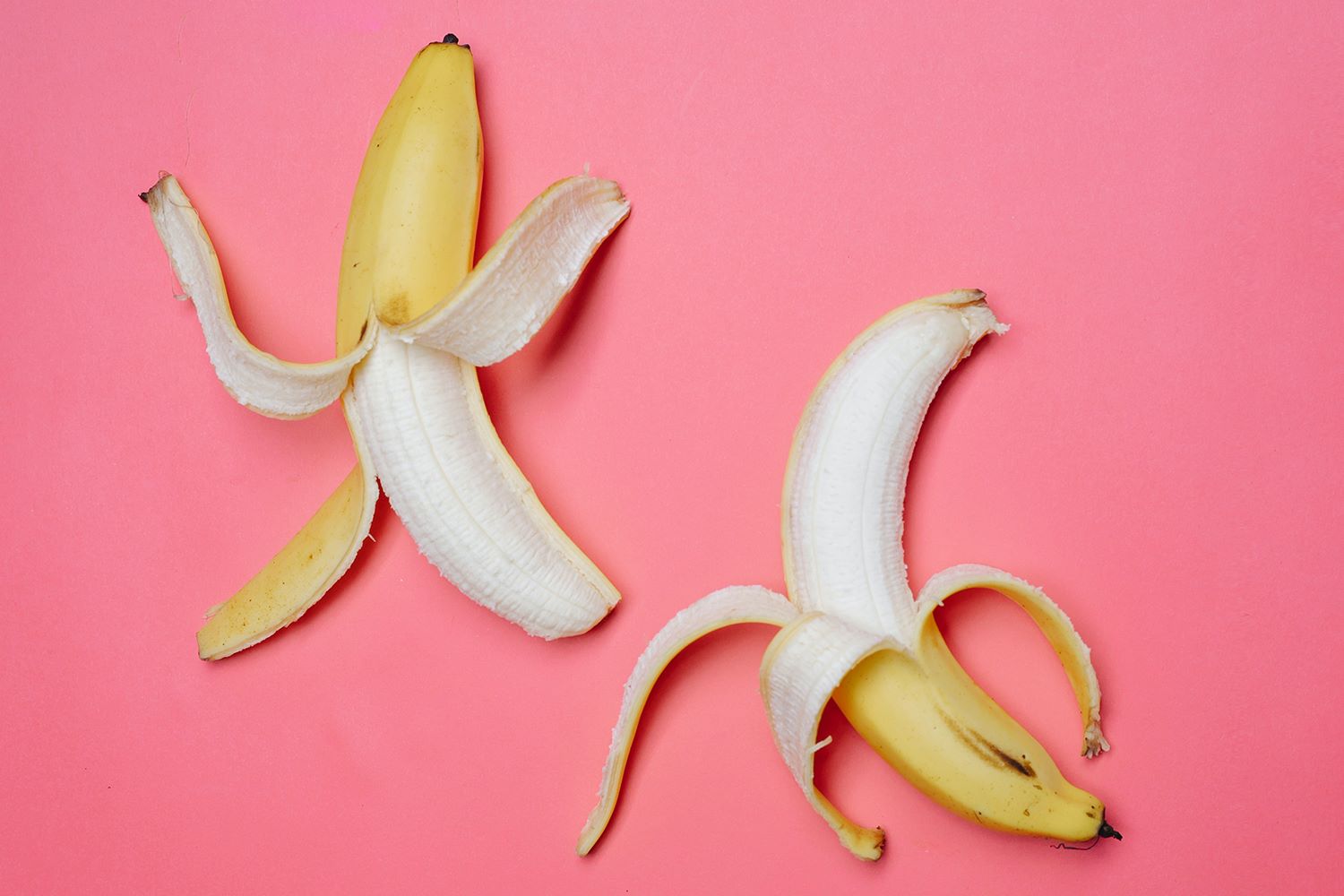
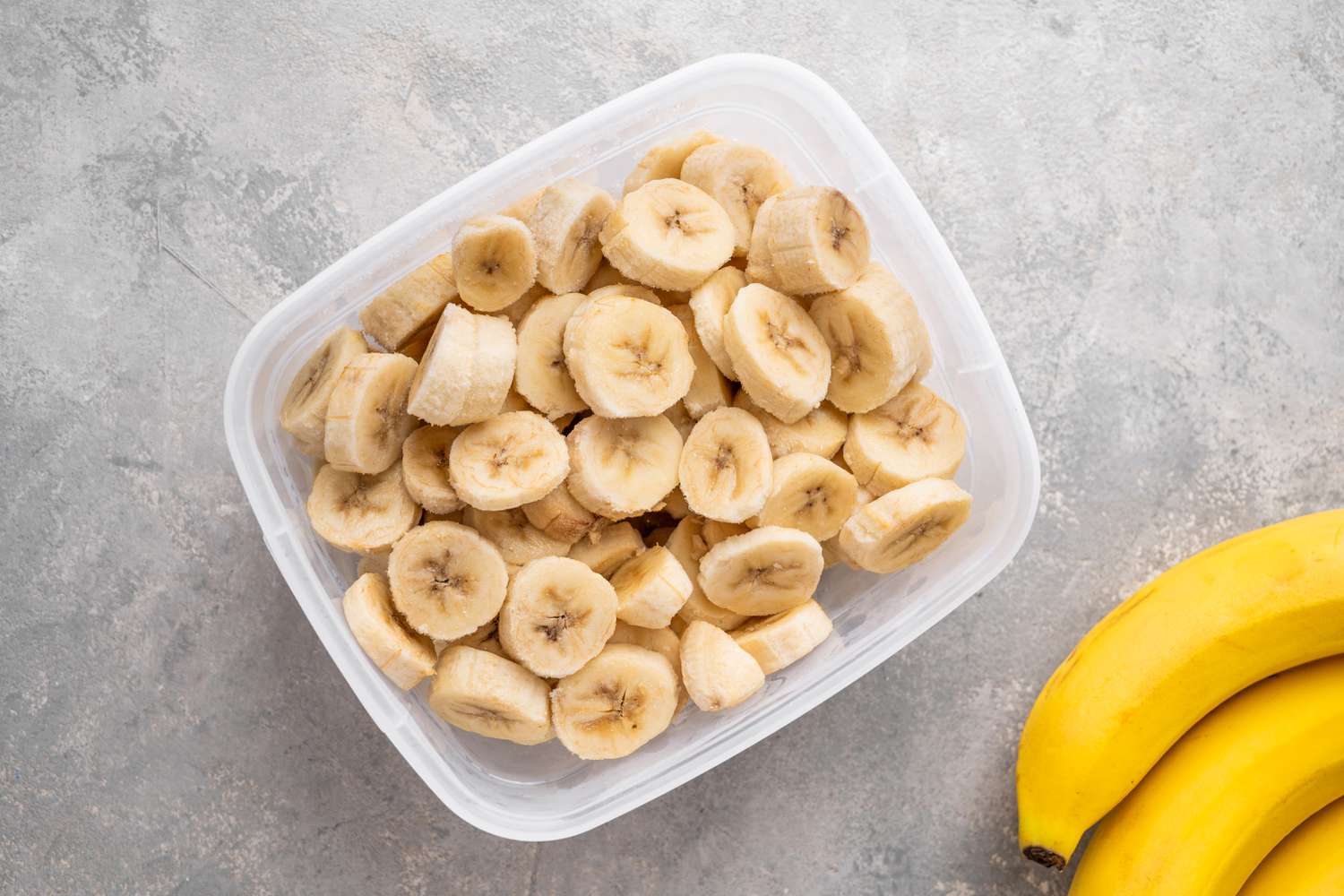
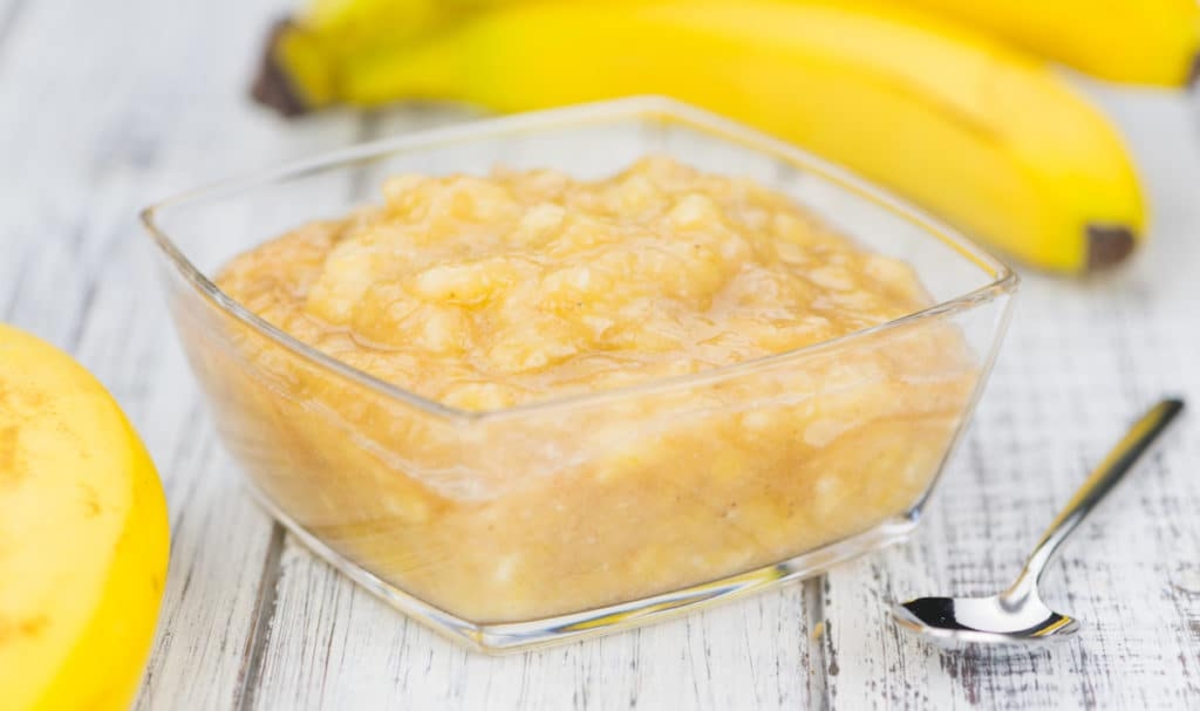
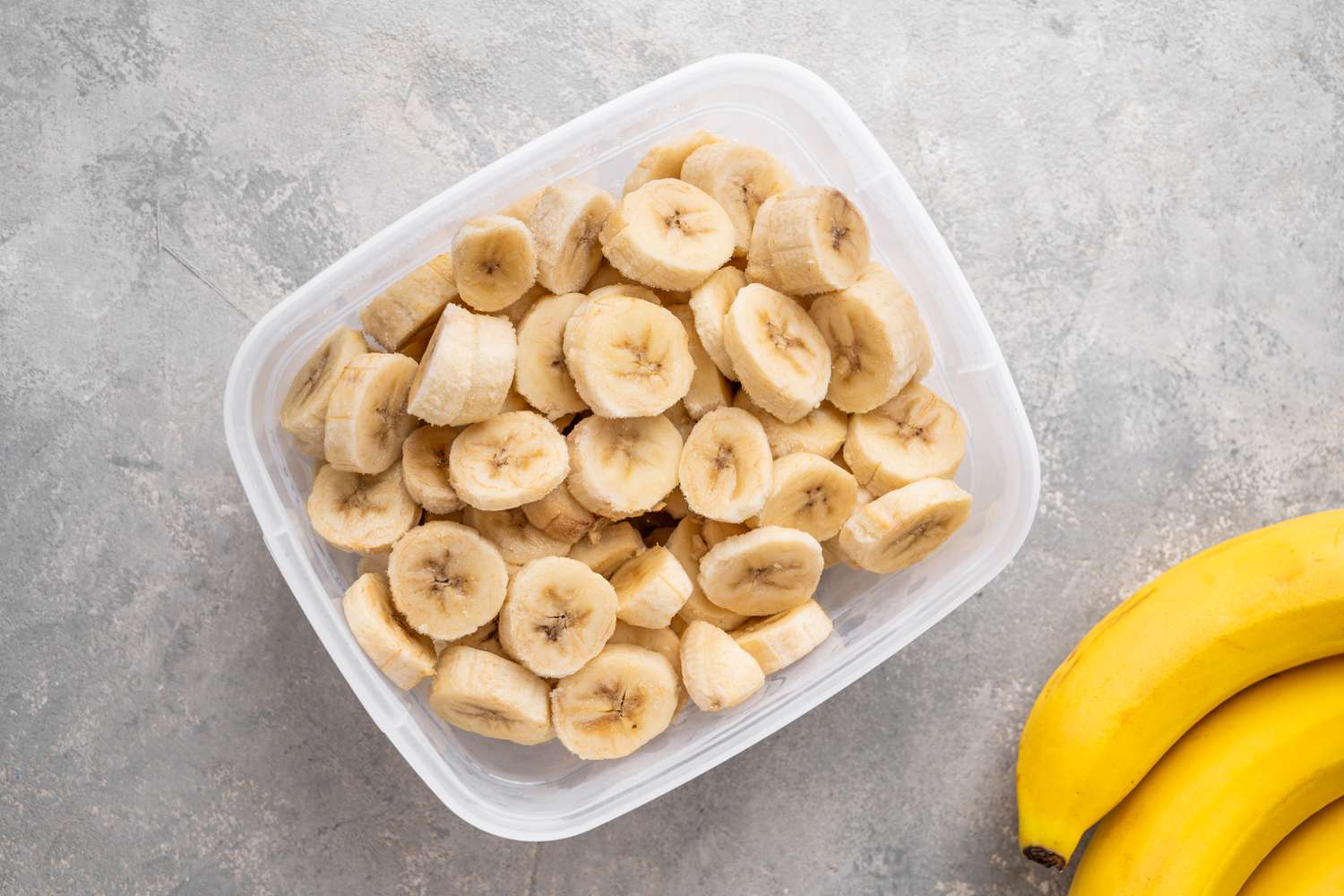
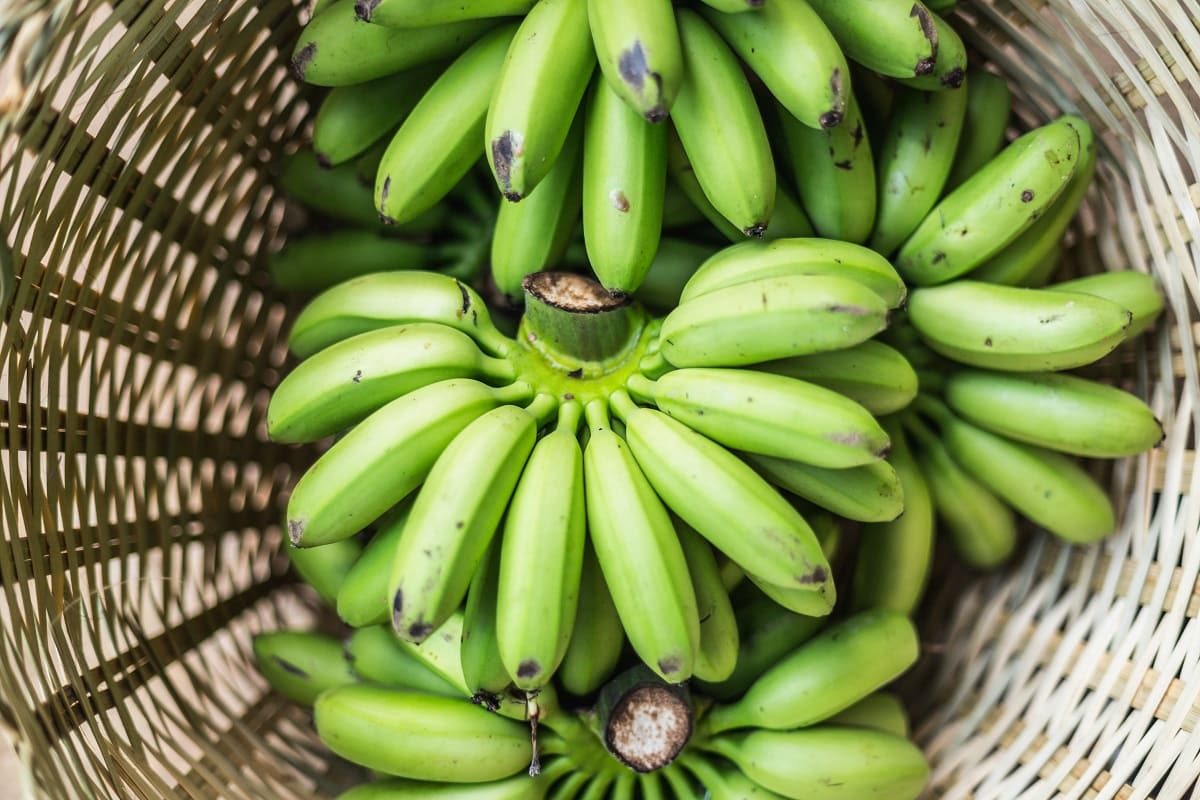
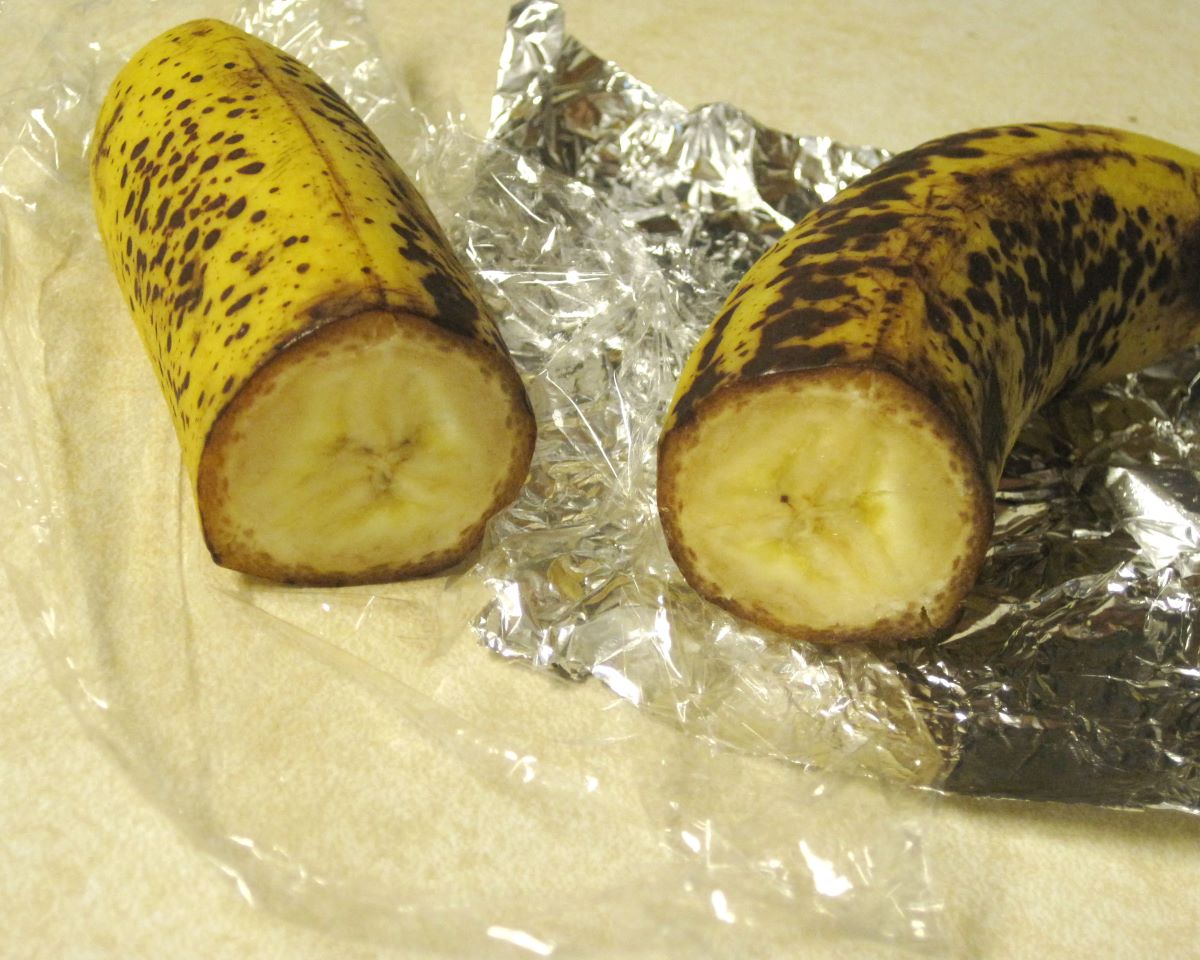
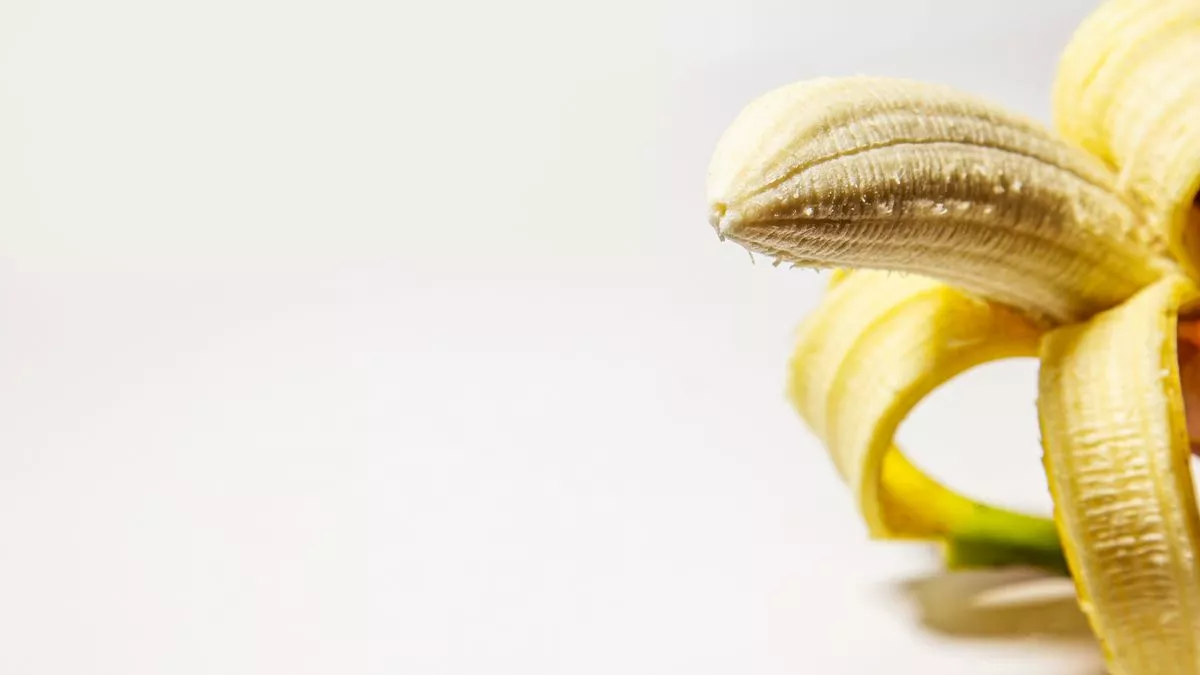
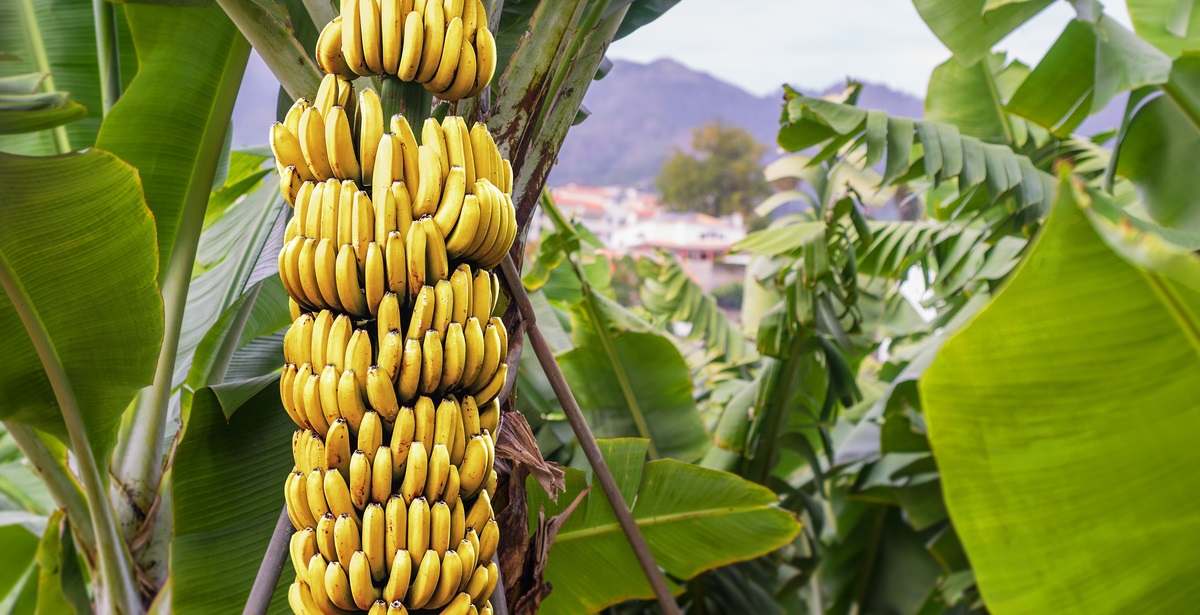
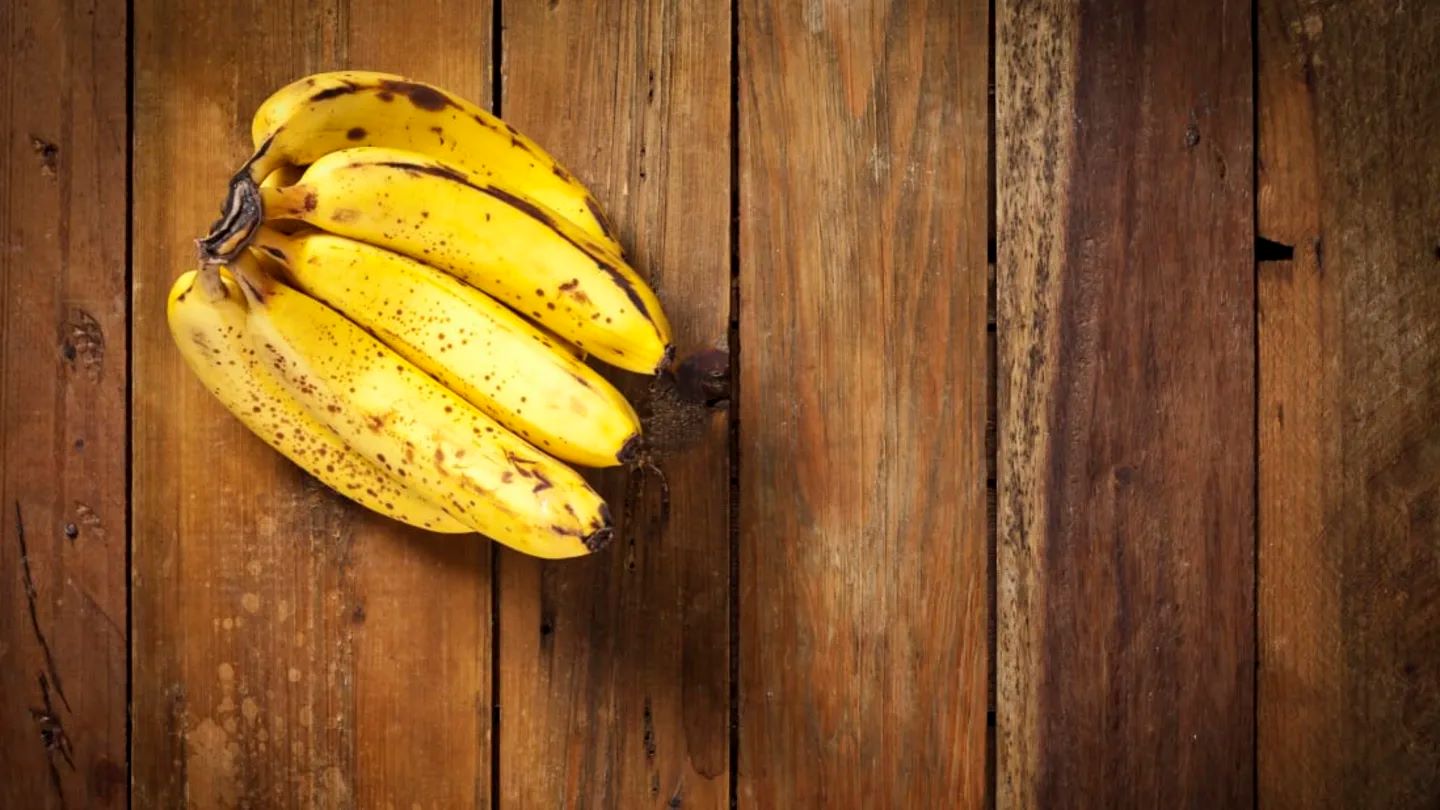
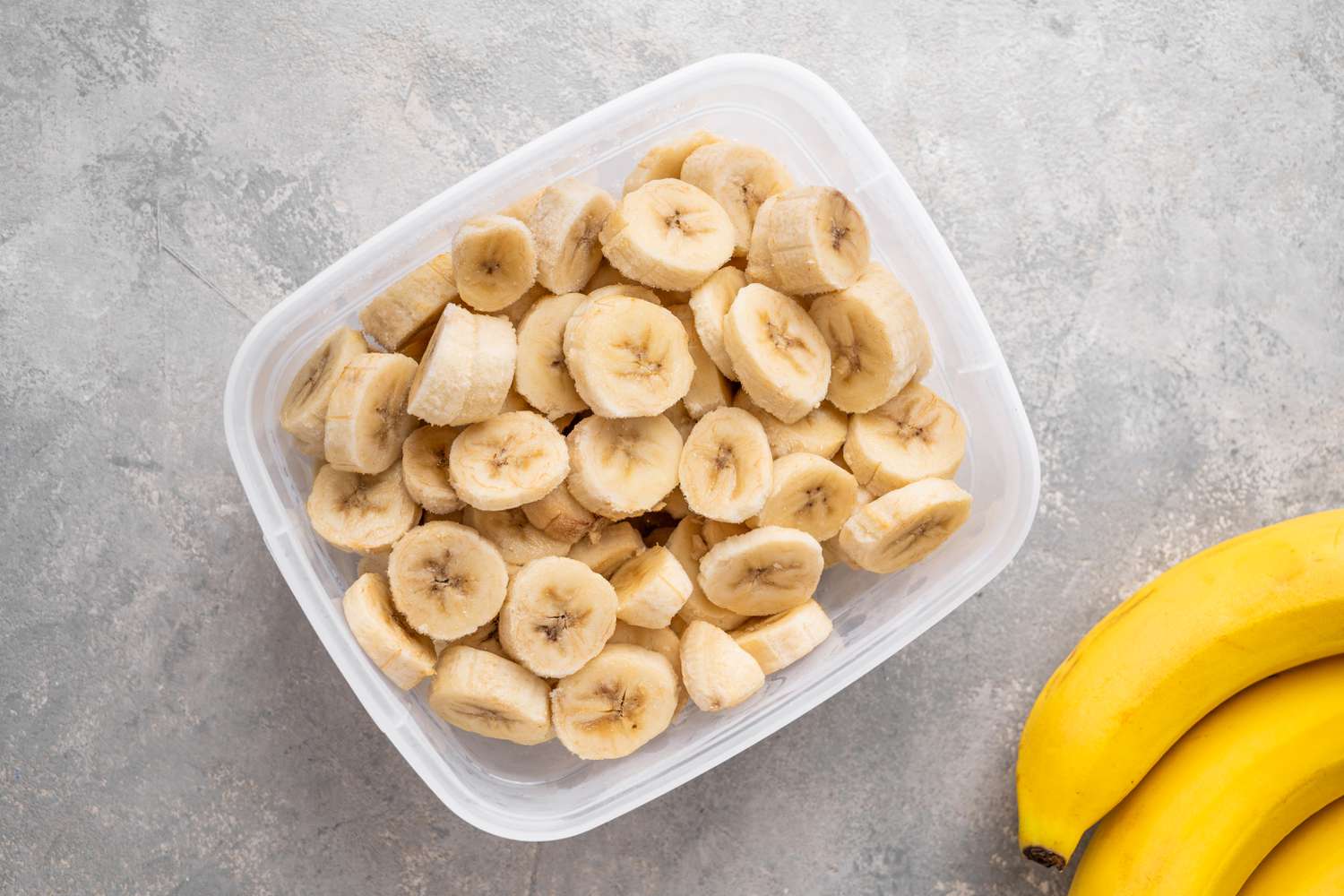
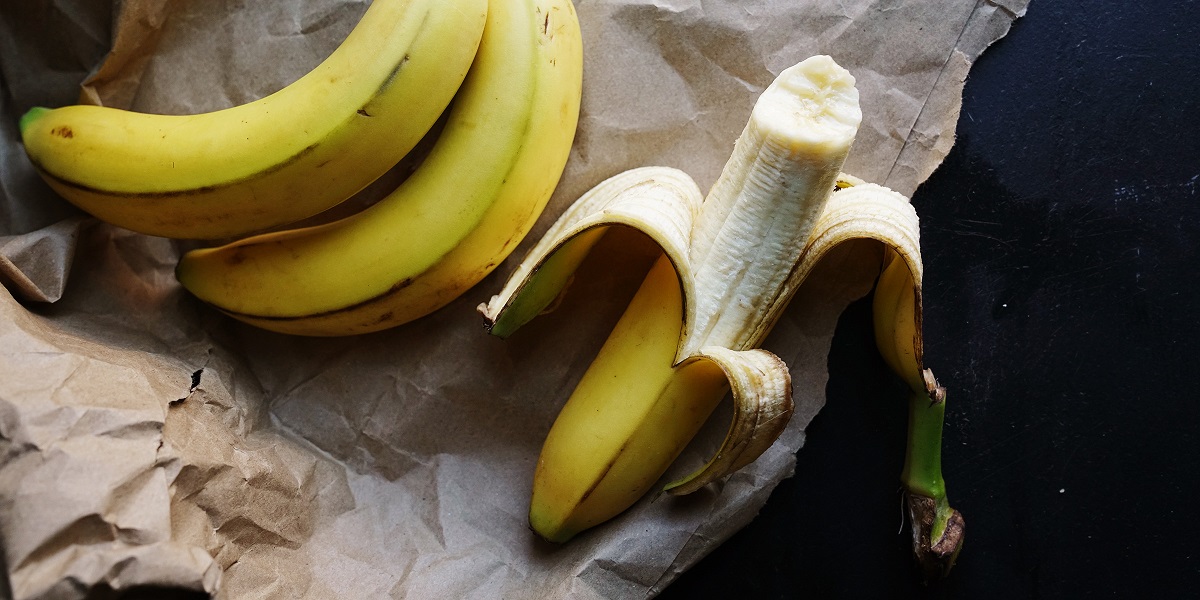
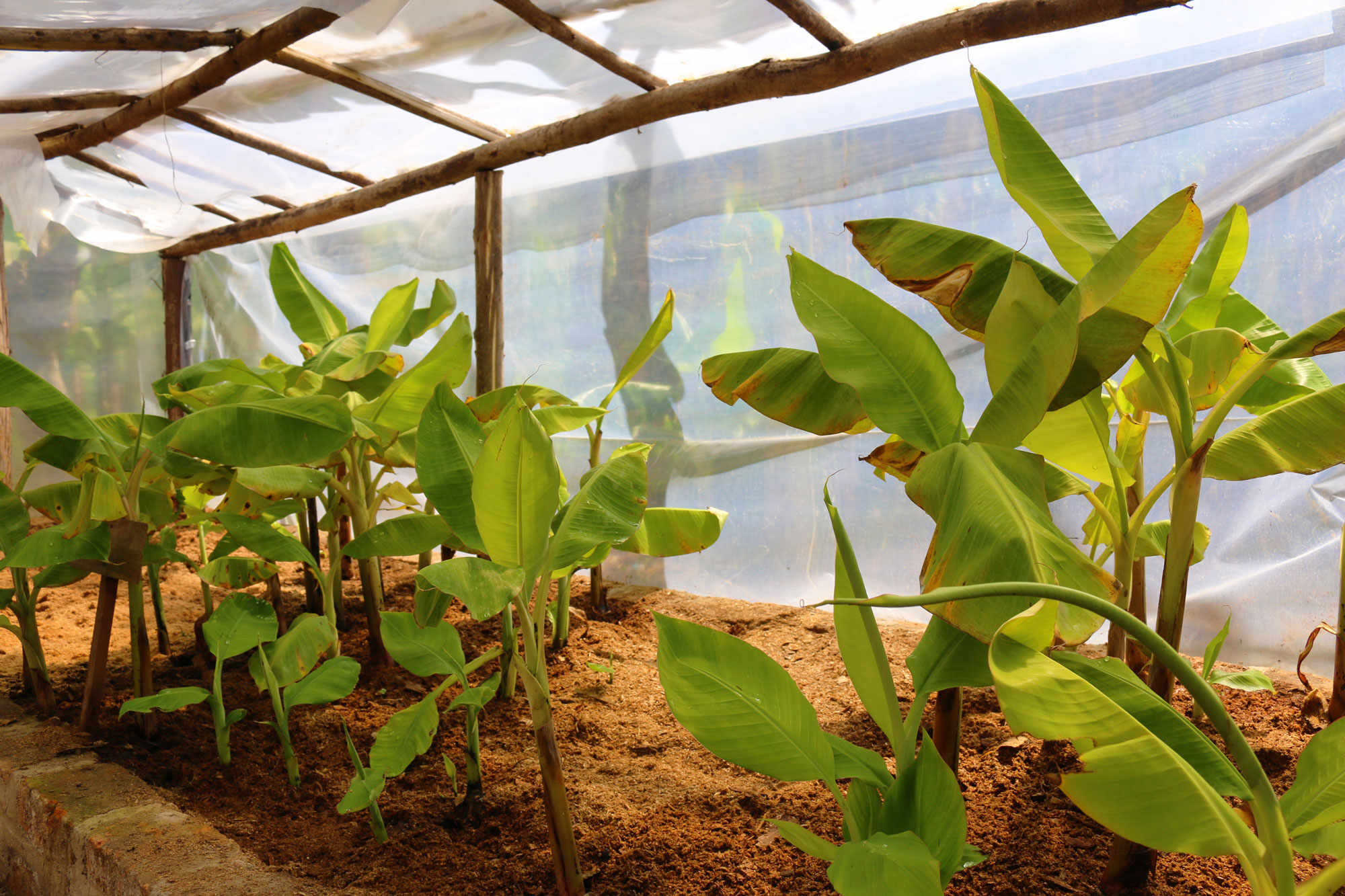
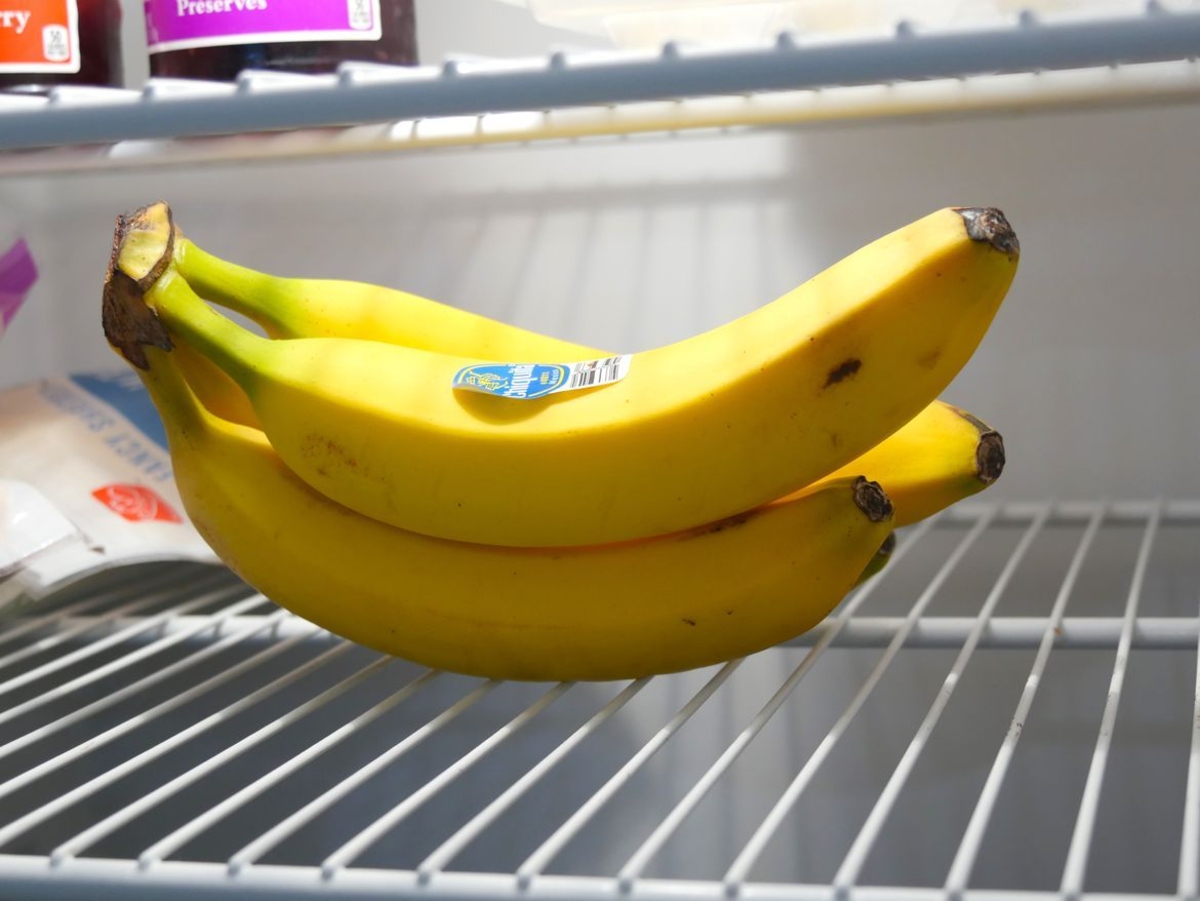
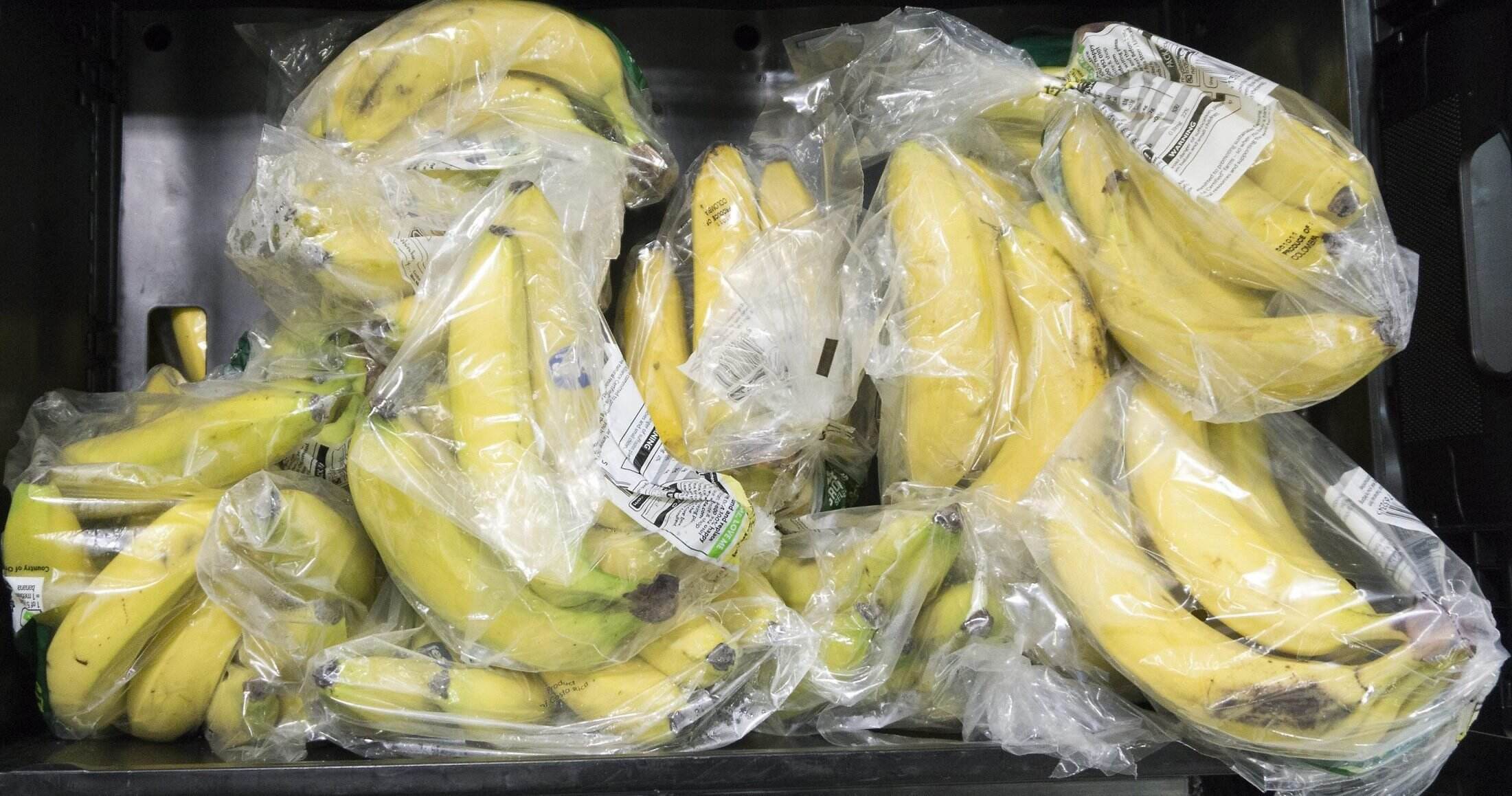

0 thoughts on “How To Germinate Banana”